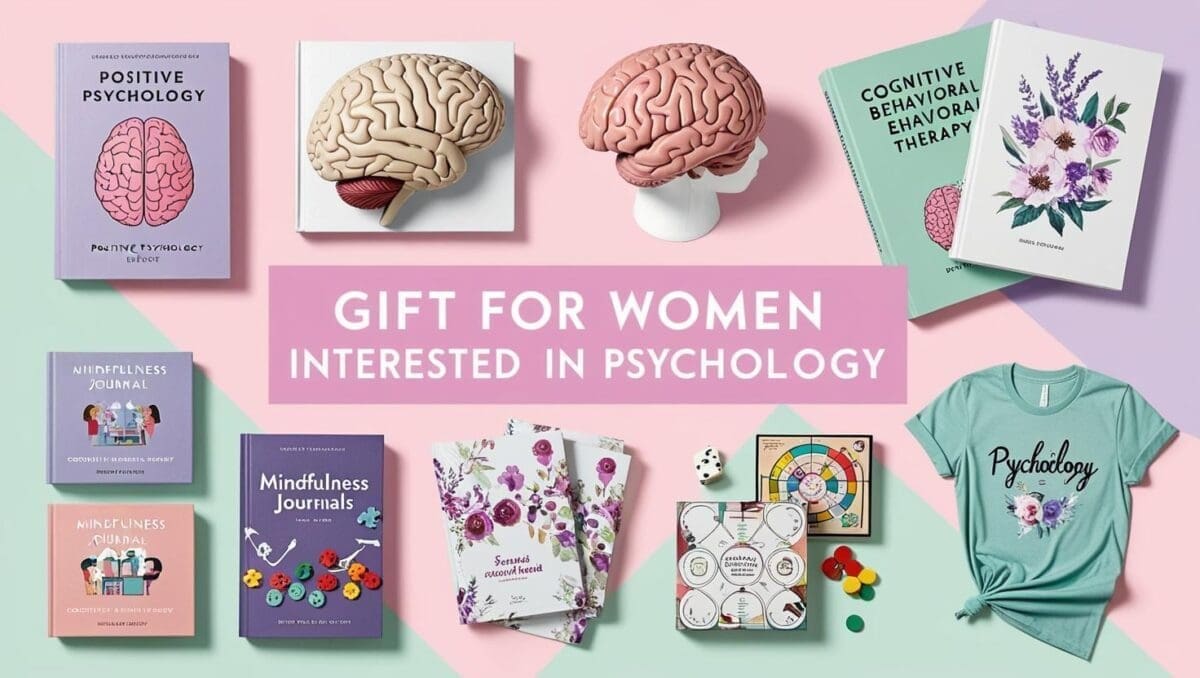What if a tiny garden could help your child feel seen, heard, and safe to express their emotions? In a world full of big feelings and fast-paced schedules, fairy gardens offer a gentle pause—a space where creativity, nature, and imagination meet to support emotional well-being.
Fairy gardens aren’t just about sparkles and cute figurines (though that’s part of the fun). For many children, these miniature worlds become safe spaces where they can explore feelings like sadness, anger, or even hope. Whether tucked into a corner of the backyard or sitting on a windowsill, fairy gardens can be powerful tools for emotional expression, especially for children who struggle to talk about what’s going on inside.
In this article, we’ll explore how fairy gardens can help kids connect with their feelings in a creative and therapeutic way. You’ll learn how to use these magical little spaces to gently encourage emotional expression—whether you’re a parent, teacher, or therapist.

🧚♀️ 1. Imaginative Play as Emotional Expression
Children often process emotions through play, long before they can fully articulate what they’re feeling. A fairy garden provides a blank canvas for storytelling, role-playing, and symbolic expression—essential tools in a child’s emotional toolkit.
By creating characters (like a shy fairy, a grumpy gnome, or a brave elf), children project feelings onto their mini world. They might place a fairy in a hidden corner when they feel sad or build a cozy moss house when they’re craving comfort. These stories are rich with emotional cues, giving adults a gentle window into a child’s inner world.
🌼 Try This: Ask your child, “What’s this fairy feeling today?” and let their imagination do the rest. Their answer might reveal more than you expect.

🌱 2. Mindfulness in Miniature
Building and tending a fairy garden naturally encourages mindfulness. As kids place tiny pebbles, gently pat down soil, or arrange delicate petals, they’re practicing focus and calming their busy minds.
This slow, tactile process helps regulate emotions, especially for kids who are overstimulated, anxious, or having trouble with transitions. It can also create moments of calm in an otherwise chaotic day—no screens, no pressure, just pure connection with nature and imagination.
🌼 Try This: Invite your child to water the fairy garden slowly while taking deep breaths together. Say, “Let’s help the flowers grow and our hearts feel calm.”

🧺 3. A Safe Place to Process Big Feelings
A fairy garden can become a symbolic space for children to “put” their feelings when they don’t know how to voice them. Maybe the fairy is lonely today. Maybe a storm knocked down the fairy’s house—just like how it feels when a friend is unkind at school.
These metaphors allow children to express sadness, anger, or fear in ways that feel safe and indirect. This is especially helpful for kids who are sensitive, introverted, or recovering from emotional challenges.
🌼 Try This: Say, “Let’s build a worry bench for the fairies. They can sit here when they feel nervous. What would help them feel better?”

🛠 4. Confidence Through Creative Control
Letting your child take the lead in designing their fairy garden builds autonomy and confidence. From choosing the theme (forest, beach, flower meadow) to placing each piece just so, they begin to trust their own ideas and decisions.
This is especially empowering for kids who struggle with perfectionism or low self-esteem. A fairy garden isn’t about getting it “right”—it’s about expression and play.
🌼 Try This: Let your child name their garden and come up with the fairy rules. You’ll be surprised how proud they feel when it’s their creation.

🧑🤝🧑 5. Strengthening Connection & Communication
Fairy gardens can be a beautiful bonding activity for parents and children. As you work side-by-side, you open the door to meaningful (and often unexpected) conversations.
Therapists and educators also use fairy gardens to build rapport and explore emotions during sessions. The shared creative focus helps children feel safe, especially when words are hard to find.
🌼 Try This: Ask open-ended questions like, “What do you think the fairies need today?” or “Is there a fairy that feels like you today?”

🌟 6. Themes That Support Emotional Growth
With a little intention, you can introduce themes that mirror real-life emotional journeys. These guided storylines help children process challenges, develop resilience, and imagine hopeful outcomes.
Ideas:
- “Brave Fairy’s Adventure” – facing fears and building courage
- “The Healing Garden” – for processing grief or illness
- “Kindness Village” – learning empathy and inclusion
- “The Lonely Fairy” – exploring connection and social struggles
🌼 Try This: Let your child tell the fairy’s story out loud and ask, “What happens next?”—watch them develop their own emotional narrative.
🌸 7. The Mental Health Benefits of Nature
Whether indoor or outdoor, fairy gardens reintroduce kids to nature in a meaningful way. Studies show that exposure to plants, sunlight, and natural textures reduces anxiety and boosts mood.
Creating a fairy garden encourages kids to slow down, care for living things, and feel a deeper connection to the earth—all of which support emotional regulation and stress relief.
🌼 Try This: Choose real plants like moss, small succulents, or herbs. Involve your child in watering and checking on their fairy friends each day.
🎁 Bonus: Create a Fairy Garden Feelings Journal
Pair your child’s garden with a feelings journal where they can draw or write about their fairies, stories, or emotions. Prompts like “What did the fairies do today?” or “What made your fairy feel brave/sad/loved?” can help them process feelings through reflection.
You can even print out a few journal pages and offer them as a free download for your blog readers!

🌈 Final Thoughts: Small Garden, Big Feelings
In a world that often asks children to hold in their feelings, fairy gardens invite them to let it all out—in the most magical way possible. These tiny worlds offer something big: a gentle, healing space where kids can create, connect, and grow emotionally.
So next time your child seems overwhelmed or just needs a moment of calm, invite them to the fairy garden. You might be surprised by the magic that unfolds.

About the Author
Hi, I’m Eve, a former school counselor with a master’s degree in School Psychology and a passionate advocate for children and families navigating sensory challenges. As a mom of children with sensory sensitivities, I deeply understand the journey special-needs parents face, and I dedicate myself to researching and sharing practical solutions to help children thrive and feel comfortable in their bodies. My goal is also to empower counselors, therapists, and psychologists with creative strategies and supportive resources to enrich their everyday practice. When I’m not writing or exploring new therapeutic approaches, you’ll find me spending quality time with my family and continually seeking inspiration from everyday moments.


